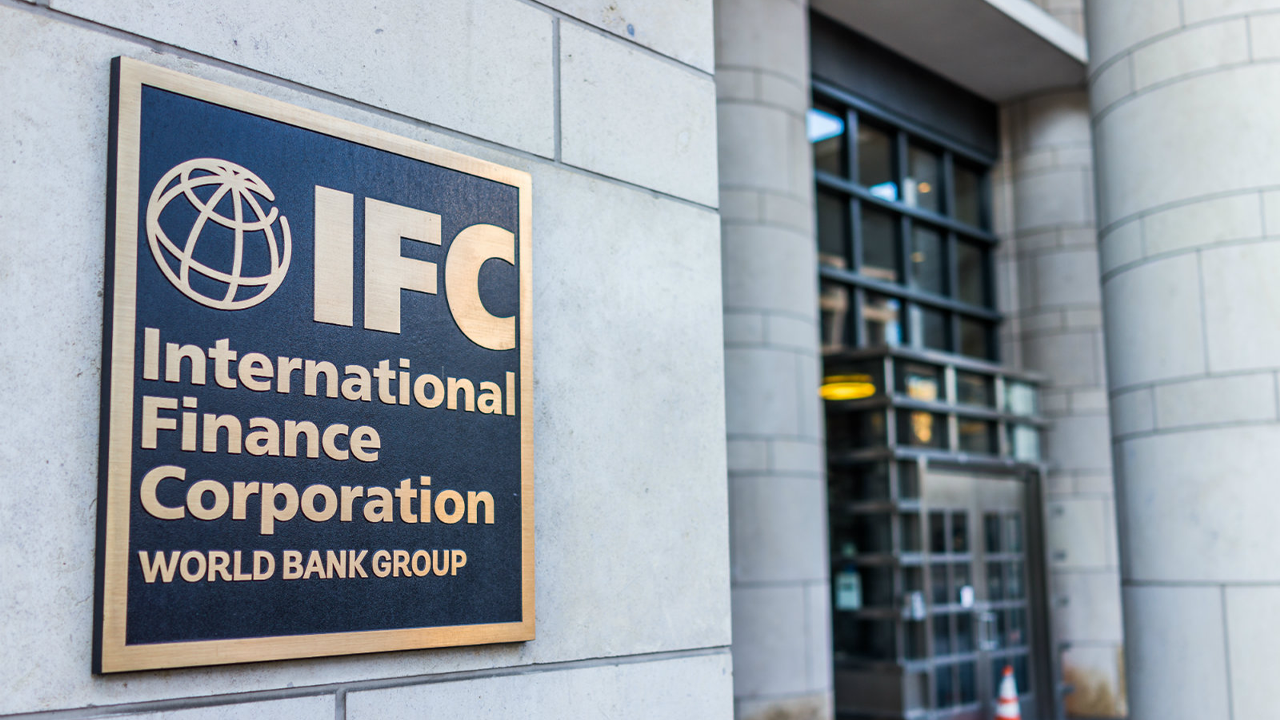The International Finance Corporation (IFC), a member of the World Bank Group, is significantly increasing its investment commitment in Egypt’s financial sector, with a new target of USD 2 billion for the current fiscal year. This initiative builds upon the existing USD 1.5 billion portfolio and aims to bolster the nation’s economy by strengthening its financial backbone and enhancing support for small and medium-sized enterprises (SMEs).
Strategic Focus on SMEs
A key driver of the IFC’s strategy is the critical role SMEs play in the Egyptian economy. According to Gokhan Kont, IFC’s Investment Manager for North Africa & the Horn of Africa, SMEs are responsible for generating approximately 90% of employment opportunities in the country. While larger corporations have consistent access to financing from major banks, the IFC aims to bridge the funding gap for smaller businesses. This targeted support is designed to empower the segment most crucial for job creation and economic diversification.
Boosting Financial Infrastructure
The IFC’s investment will be channeled through up to 15 financial institutions, including banks and non-banking entities like microfinance and leasing companies. The plan involves deploying strategic financial tools to deepen market reach. These include providing local currency loans to smaller companies, investing in local currency securitization operations, and establishing programs to support smaller financial institutions. By working with local partners, the IFC intends to ensure capital reaches underserved sectors of the economy, promoting greater financial inclusion.
About The International Finance Corporation (IFC)
The International Finance Corporation (IFC) is a global development institution focused on the private sector in emerging markets. As a member of the World Bank Group, the IFC works to create markets and opportunities by advancing economic development and improving the lives of people. It provides investment, advisory, and asset management services to encourage private sector development in developing countries.
Source: Waya














